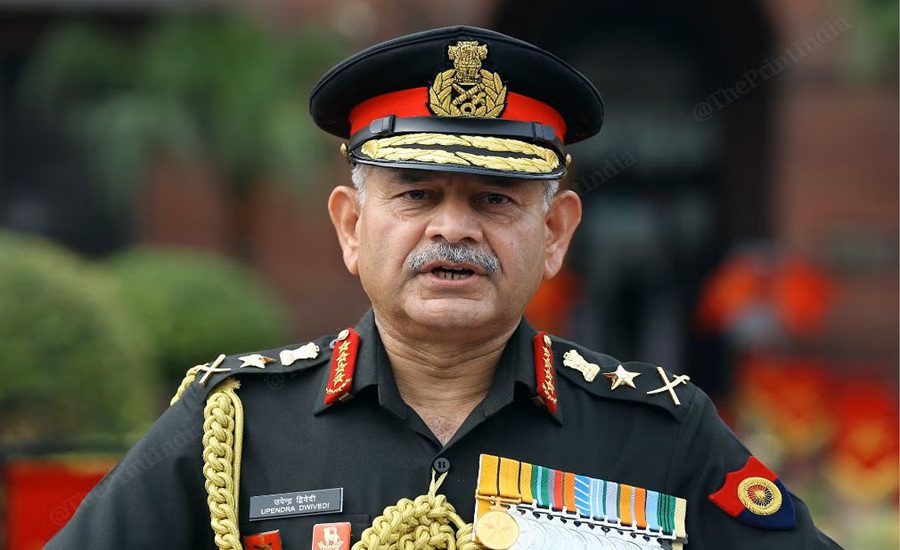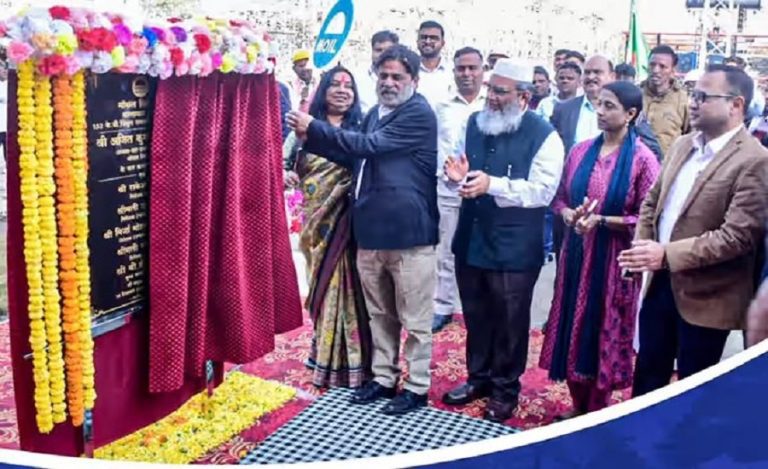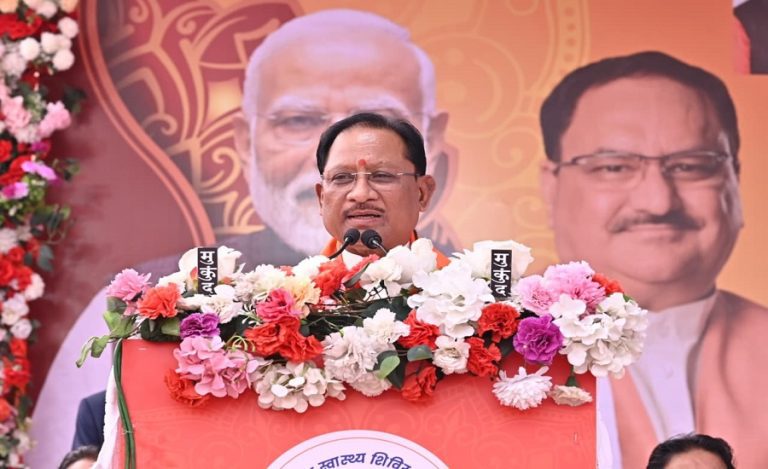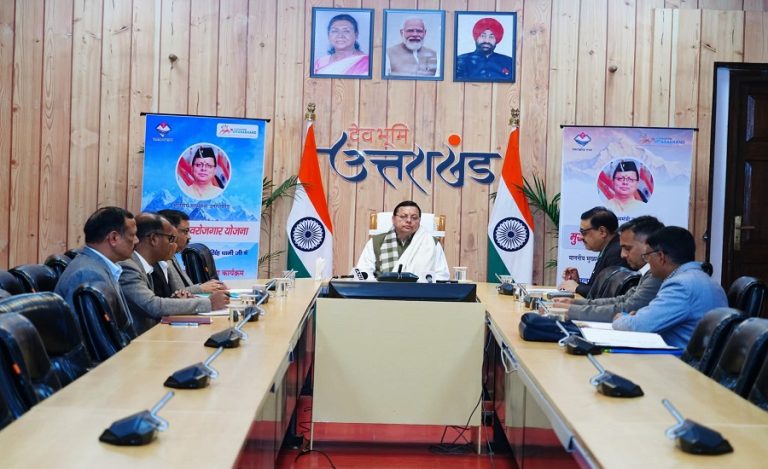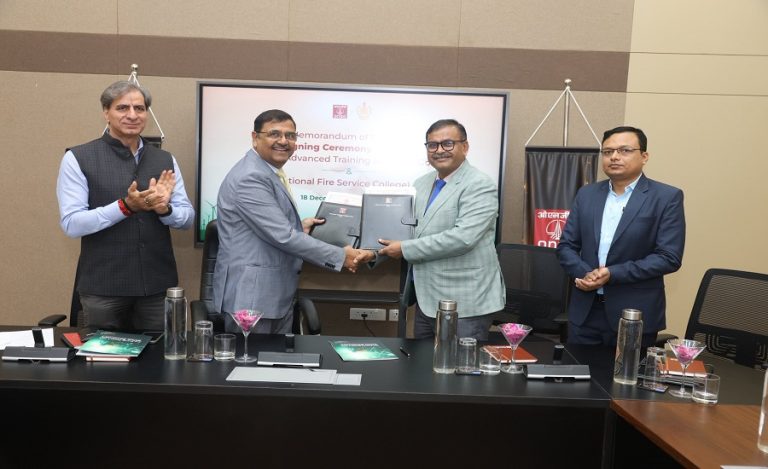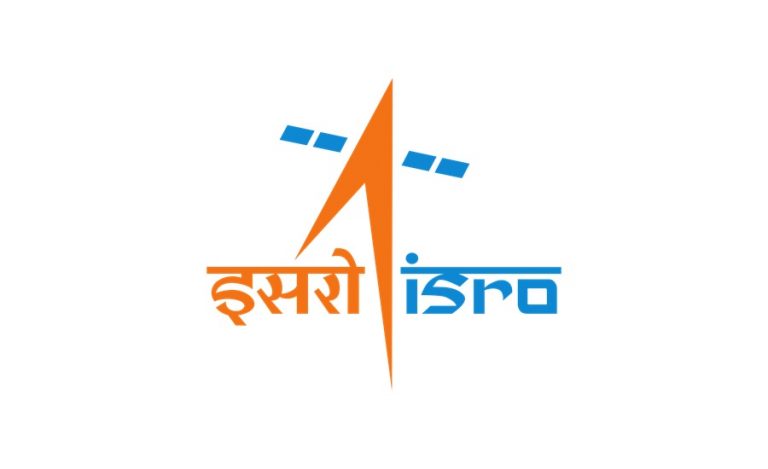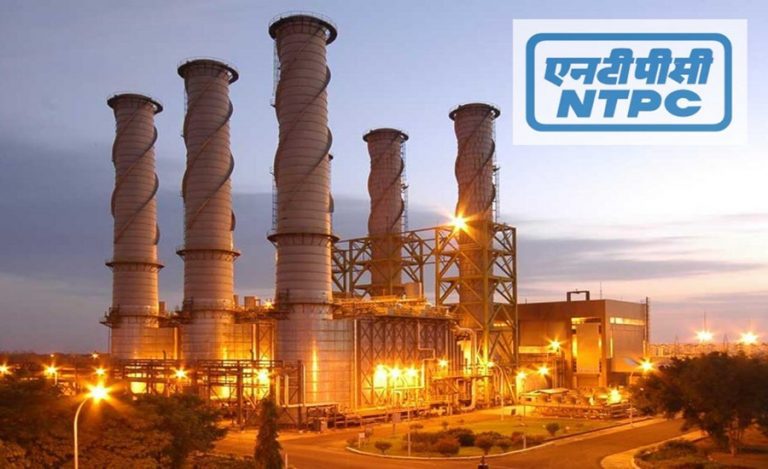New Delhi: In a decisive move to strengthen India’s operational preparedness, Chief of Army Staff (COAS) General Upendra Dwivedi has activated a set of newly formed specialised units tailored for modern warfare demands. The restructuring comes as part of strategic readiness measures linked to Operation Sindoor.
These units, now functional, bring together diverse capabilities under integrated formations—designed to enhance battlefield synergy and accelerate response times in high-intensity scenarios.
Rudra Unit: All-Arms Combat Integration
The Rudra Unit unifies all Arms Brigades and Integrated Battle Groups (IBGs) into a single cohesive force. It integrates armour, mechanised infantry, infantry, special forces, artillery, unmanned aerial vehicles (UAVs), and logistics. This multi-domain structure is aimed at maximising combat efficiency across varied operational theatres.
Bhairav Unit: Rapid Cross-Border Strike Force
The Bhairav Unit comprises light commando formations optimised for cross-border raids and direct assault operations. Built for speed, precision, and surprise, these units enhance the Army’s rapid-response capability in sensitive zones.
Divyastra Unit: Classified Advanced Weapons Platform
While operational details remain classified, the Divyastra Unit is understood to be linked to advanced weaponry or missile systems. Its development points towards a push for precision strike capabilities and strategic deterrence.
Shaktiban Regiment: Drone-Era Artillery Power
The Shaktiban Regiment represents the Army’s modern artillery evolution. Equipped with drones, counter-drone technology, and advanced artillery systems, it strengthens both offensive firepower and defensive resilience against aerial threats.
Strategic Significance for India’s Defence Doctrine
This structural overhaul signals a pivotal shift in India’s approach to military preparedness. By integrating advanced technologies, multi-domain operations, and rapid deployment units, the Army is positioning itself to respond decisively to both conventional and hybrid warfare threats.
The move reflects lessons learned from recent global conflicts, where speed, integration, and technological superiority determine battlefield outcomes. It also enhances India’s deterrence posture across multiple fronts, ensuring readiness for contingencies in diverse terrains—from the high-altitude Himalayan frontier to dense urban environments and coastal zones.
Also Read: COAS General Upendra Dwivedi Recognises Post-Retirement Service of Four Ex-Servicemen

